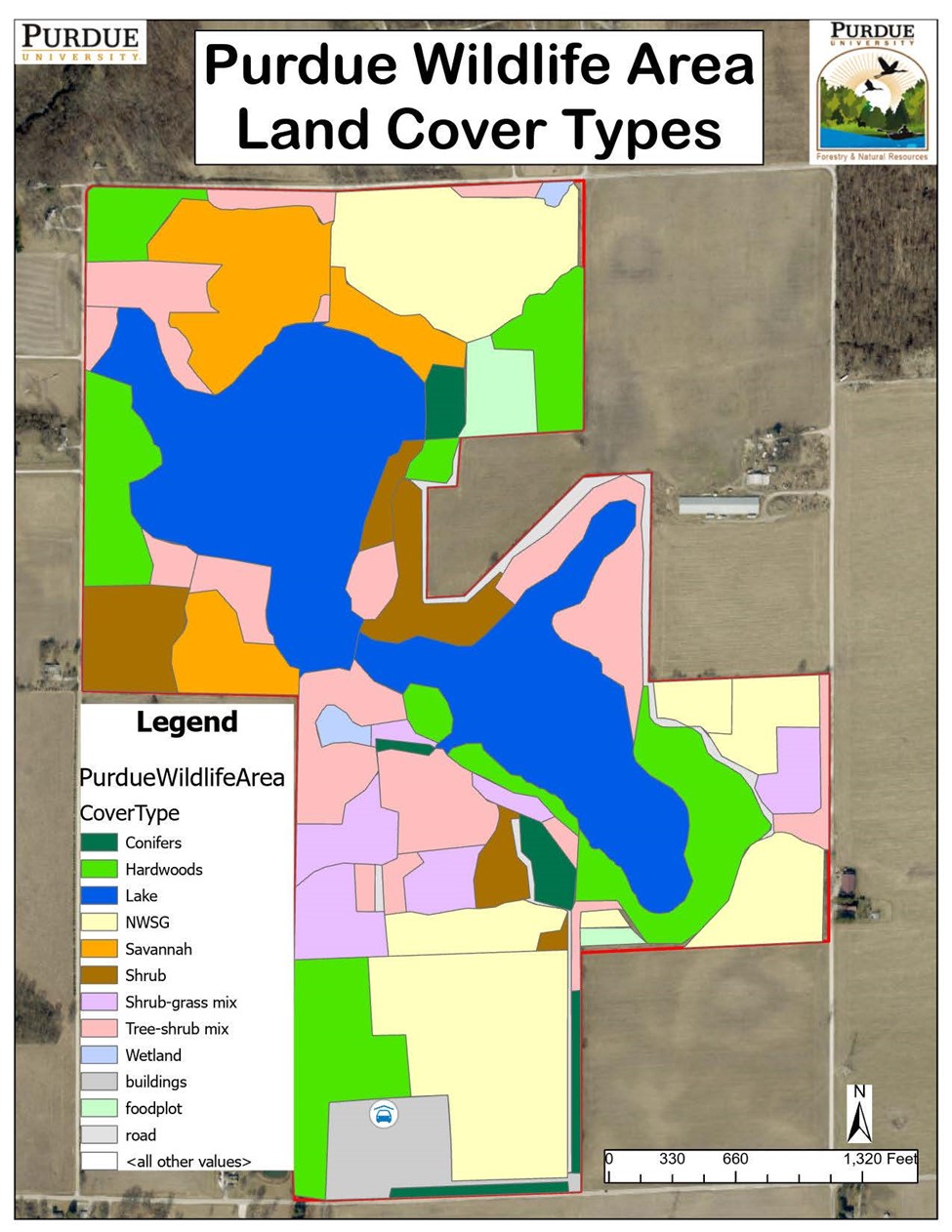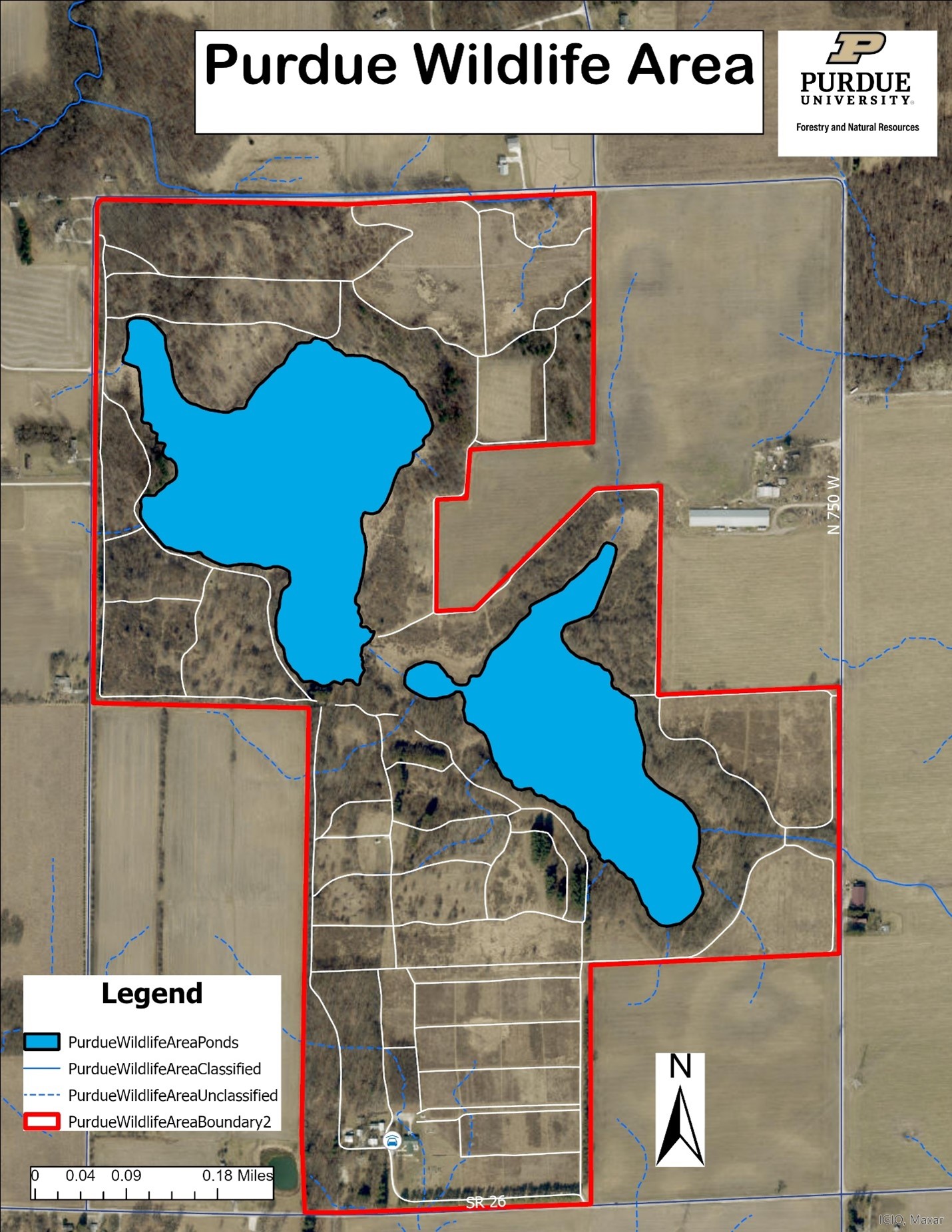Purdue Wildlife Area

The Purdue Wildlife Area (PWA) is located in the Central Till Plain natural region in Tippecanoe County. It contains one of the few remaining natural wetlands within the Indian Creek watershed. There are two marshes located on property that hold water year-round. Since PWA is located in a natural prairie region, the native prairie vegetation will be maintained and protected. Oak-savanna habitat is present on property and will continue to be an imperative habitat to manage and maintain. Each of these types of habitats are native to the natural region and will be enhanced over the entire 290 acres through educational, extension, and research activities.
Property Statistics
- Acres: 290
- Acquired: 1958
More About Purdue Wildlife Area
- Access the list of present and past research from this property
- Wetland habitat available in area where other wetlands had been previously drained for agriculture use
- Two marshes that range from 6 inches to 3 feet of water and hold year-round. One being 33 acres and the other being 24 acres.
- Native prairie habitat is located on property
- Oak savannah habitat has been created and is being expanded to be in conjunction with the native prairie habitat
- Wildlife Ecology Research Facility (WERF) is the new research building focused on answering questions about ecology, ecotoxicology, and disease ecology for species
- 6 individual experiment rooms
- Animal care rooms – both aquatic and terrestrial available
- High-efficiency HVAC system to control each individual room
- Separate ventilation for each individual room
- 8 acres of nonnative invasive species have been treated and converted back to native vegetation
Please contact the property manager for a copy of this property’s management plan.
Property Manager:
Brian Beheler
Phone: 765-496-5015
Fax: 765-583-3512
Email: behelerb@purdue.edu
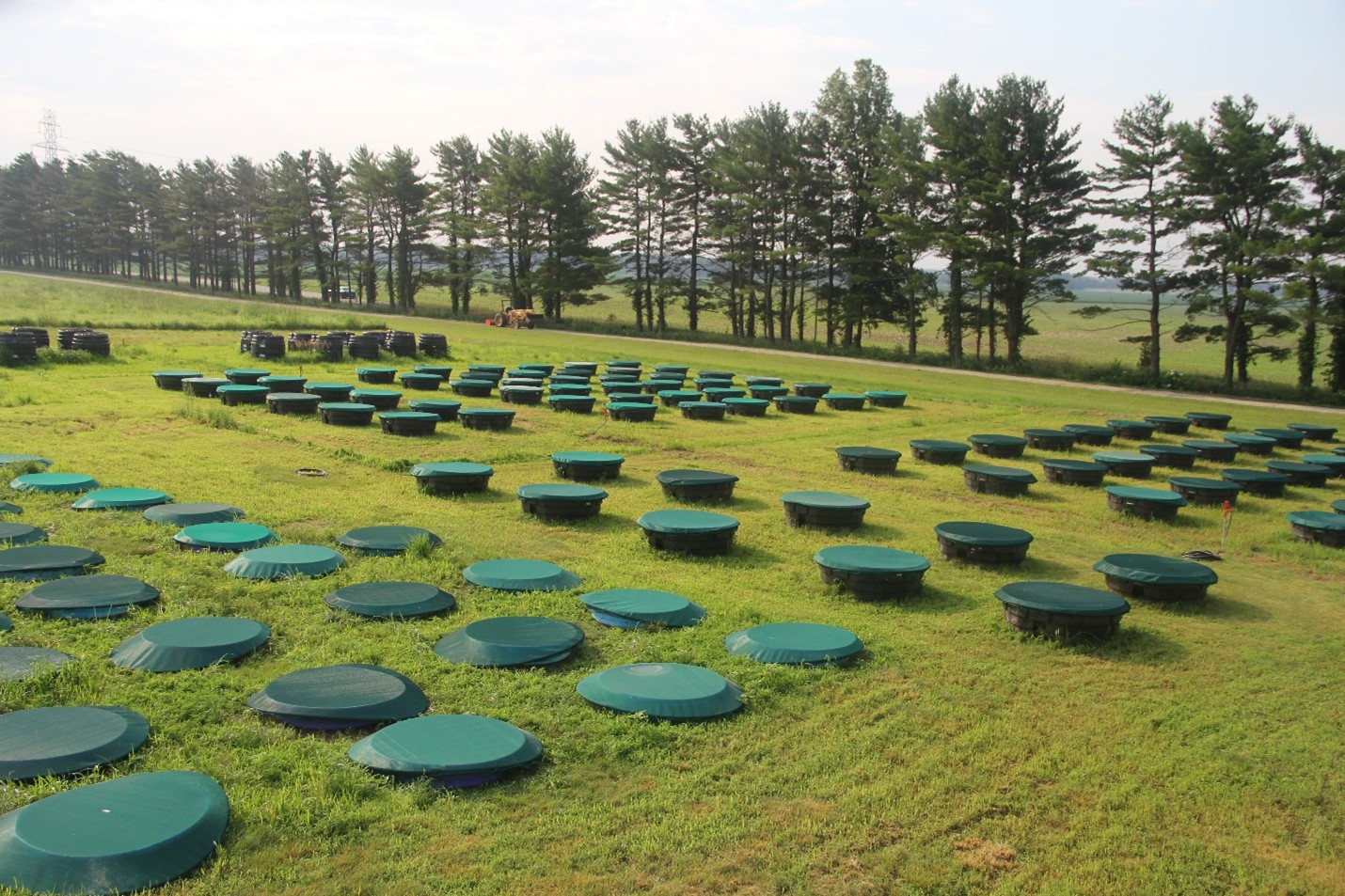 Aquatic science and wildlife science research holding tanks located at Purdue Wildlife Area. Photo by Brian Beheler.
Aquatic science and wildlife science research holding tanks located at Purdue Wildlife Area. Photo by Brian Beheler. 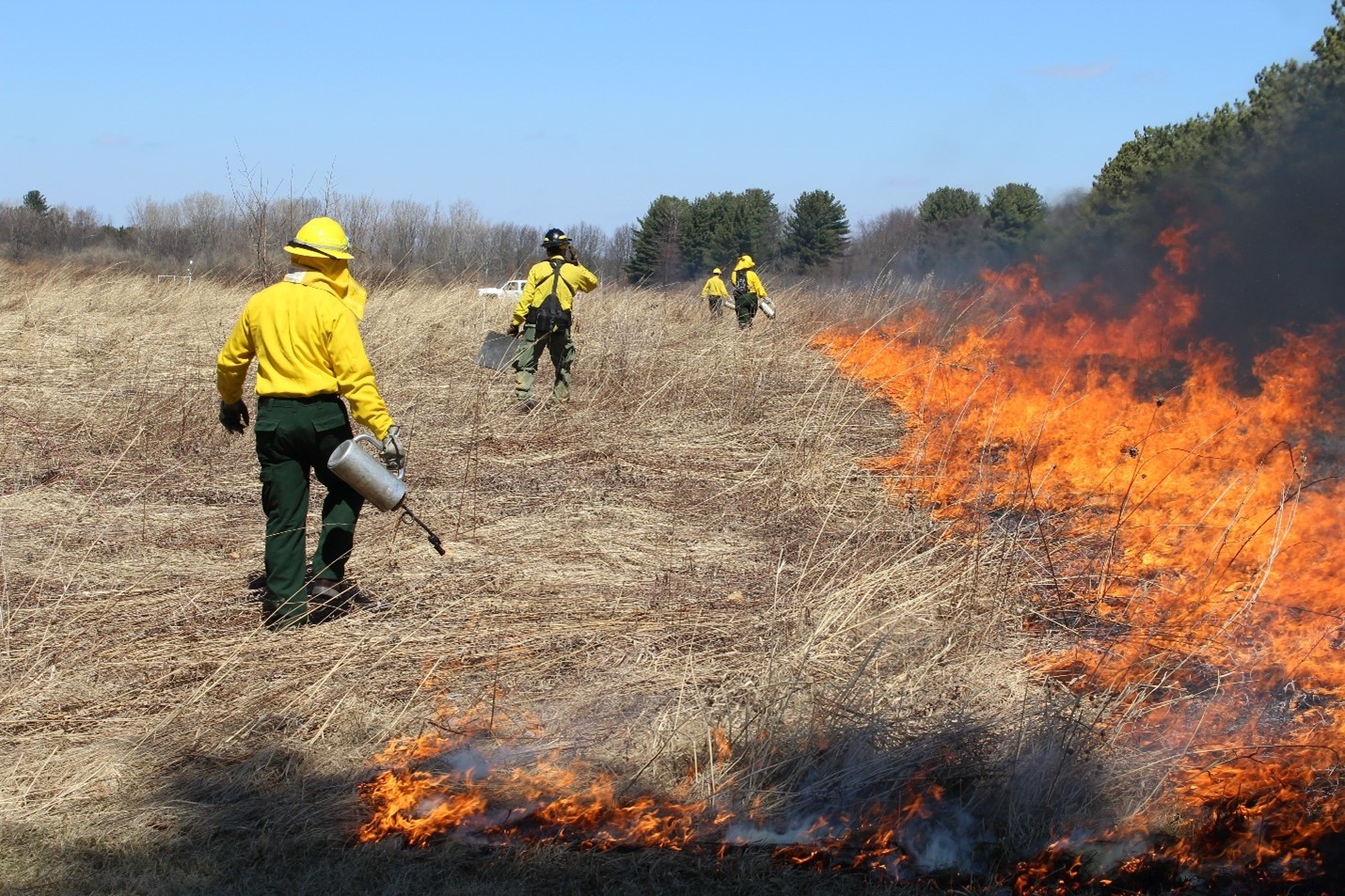 Prescribed fire burn on a prairie. Photo by Brian Beheler.
Prescribed fire burn on a prairie. Photo by Brian Beheler. 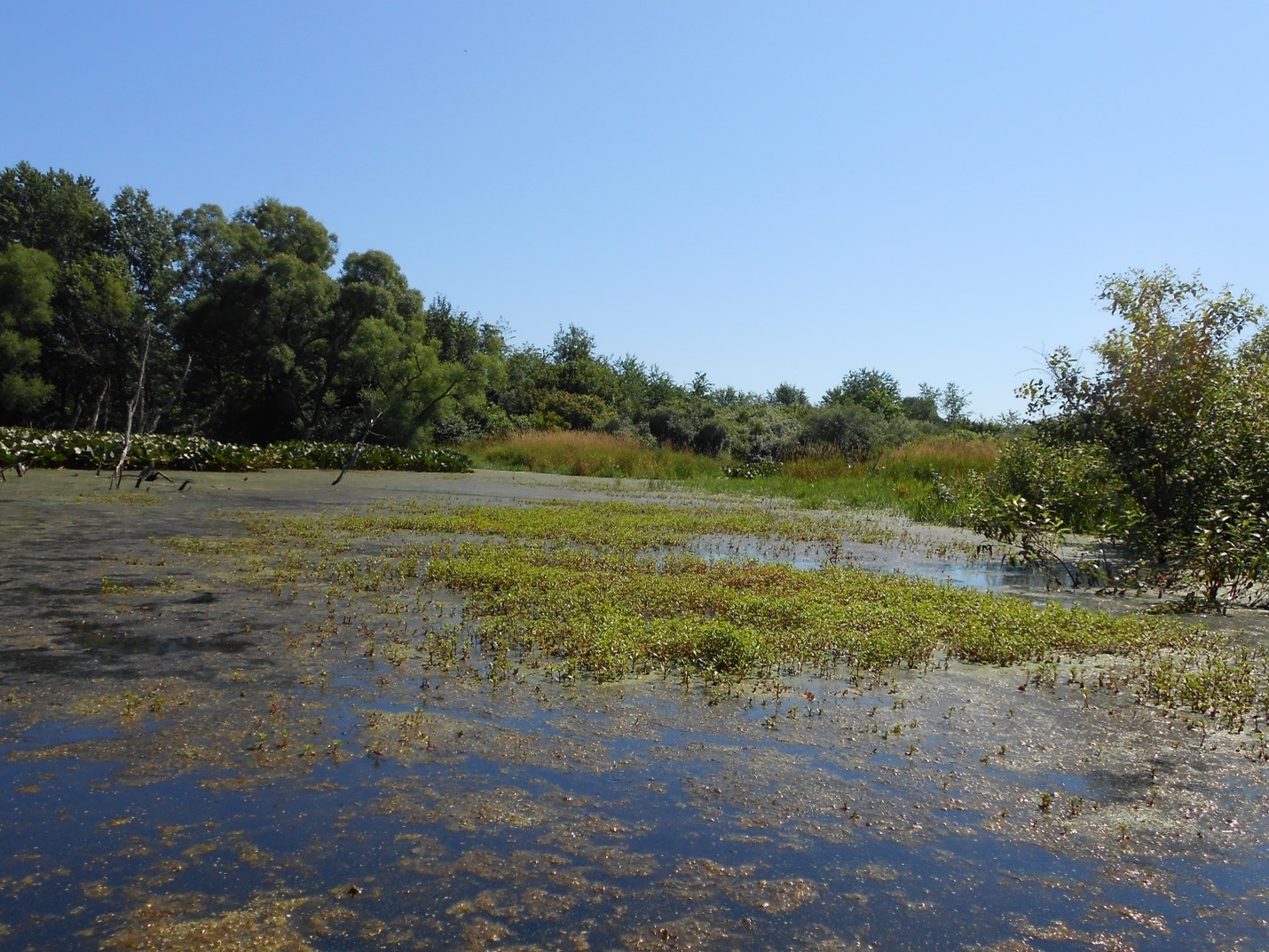 Wetland located on Purdue Wildlife Area provides habitats to many wildlife species. Photo by Brian Beheler.
Wetland located on Purdue Wildlife Area provides habitats to many wildlife species. Photo by Brian Beheler. 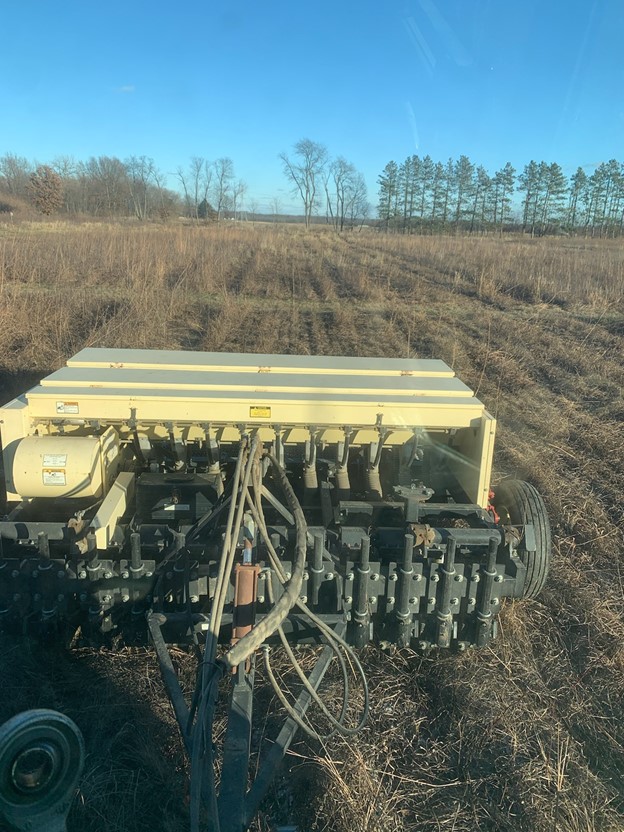 Winter seed drilling for food plot establishment. Photo by Brian Beheler.
Winter seed drilling for food plot establishment. Photo by Brian Beheler. 